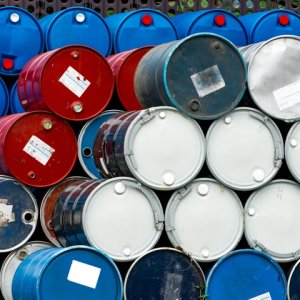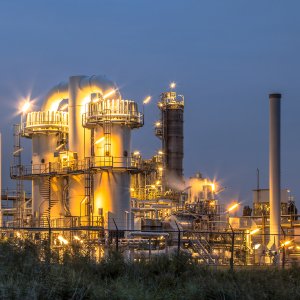The Transition Starts

STORY INLINE POST
Since the 2013 Energy Reform, the energy markets have evolved at many levels. Mostly, this evolution falls into three main stages: early, transition and mature, says Bernardo Cardona, Partner and Resources Industry Leader at Deloitte Consulting Mexico. As Mexico moved from a monopoly to an open market model with several players entering in the early stage, it would be easy to look at the major discoveries like Zama by Sierra Oil & Gas and Talos Energy or Ixachi by PEMEX as the major successes of the bidding rounds, but the Mexican E&P industry still has a way to go before it really enters a transition stage, he says. “To reach a transition stage, reversing trends in reserves restitution and drilling activities is vital. For that to happen, the effective execution of the field development plans for blocks awarded in the licensing rounds, and to continuously launch new rounds, is crucial.” These circumstances, however, were to be expected in the face of an industry in its early stage, given the time frames involved with developing activities in upstream oil and gas.
E&P is without a doubt the sector that has attracted the most attention both nationally and internationally. It has also had the most impact in Mexico. Seventy-four contracts have been assigned to 70 companies from 18 countries for a total accumulated income for the Mexican state of US$145.5 million as of September 2017 and an expected global investment of US$2.6 billion as of Round 2.3. Reflecting on these numbers, Cardona emphasizes the work public institutions are doing to make this possible. “The role of CNH, the Ministry of Energy and ASEA in achieving this has been extremely important. They have conducted a transparent and clear bidding process and implemented regulatory and legal frameworks that provided sufficient certainty to the market and made it attractive for companies to venture into Mexico,” Cardona says. He adds that companies can now turn to Mexico when looking for assets to diversify their investment portfolios.
Turning to the midstream sector for natural gas, Cardona points out that its market competitiveness was more developed than the upstream segment even prior to the Energy Reform. “Natural gas midstream had evolved, entering into a transition stage that has yet to be consolidated. Market competition also evolved, driven by CFE’s need for gas-fired power plants to produce electricity that has pushed the creation of pipeline infrastructure, the initiation of open access to infrastructure, third-party imports and liberated prices. This last, combined with CENAGAS’ efficient management of the system, has boosted the commercialization of natural gas for industrial, commercial and household customers.” In the midstream sector, a key challenge for moving to the transition stage is storage and transportation capacities, but Cardona remains optimistic about the segment, which is mostly driven by market demand. “We expect that as E&P activities increase, this sector will further fuel the need for new infrastructure of both storage and pipelines to handle the oil and gas from new discoveries and awarded blocks that are already producing.” In the liquid fuels markets, “access and development of storage and pipeline infrastructure is the key to market competitiveness and its development to a transition stage,” Cardona says.
But It is the downstream retail segment where Cardona is particularly optimistic about the speed of evolution, stating that this sector has already entered into the transition stage, mainly due to shorter development times and because market entry is much easier. “There is no way to compare the complexity and lead times of the development of an oil field with that of rebranding a service station,” he says.
Cardona’s optimism in downstream retail is not unfounded. As of January 2018, BP had over 100 service stations in Mexico, Shell over 18, Arco eight, Chevron six, Gulf two and ExxonMobil six, with plans to open 50 more stations during 1Q18. National players have also mobilized, getting together in purchasing clubs like G500, and Mexican brands such as OXXO GAS, Petro7, La Gas, Hidrosina and G500 and many others are being positioned in the market. “It is exciting to see how the number of players in the gasoline retail market is changing every day. Before, all offered the same value because they all offered the same types of fuel, brand and value proposition through the PEMEX franchise, but now they are all looking for ways to differentiate their own brands," he says
























